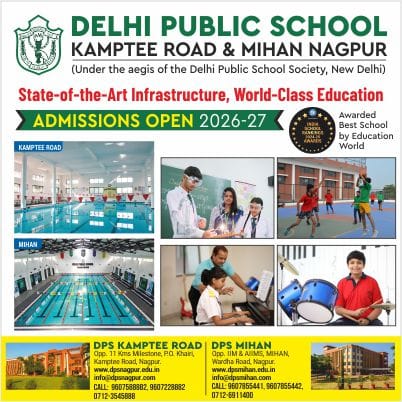Prime Minister Narendra Modi made his first mistake on May 26, 2014, when he took oath along with 45 ministers. He erred by inducting only politicians, including many for whom he had little respect and time when he was on the ascendant. But the PM chose his ministers not because of their abilities and track record but because they fitted into caste, region and lobby formulae.
Every single member of the team was a professional politician highlighting that Modi was not providing anew model. He did not begin his innings as an outsider. Instead, he appeared an insider, a participant of the system. No one pointed this out because he had just led his party to an absolute majority. Fourteen months later, almost every member of his Cabinet is a full-time politico. What happened to lateral induction at the top that Modi’s supporters hoped for?
Though senior politicians were ministers in his government, Modi wished them to accept diktats of an omnipresent PMO, like ministers in Gujarat did previously when he was CM. But ministers at the Centre are no political pygmies. In fact, many had been chief ministers and Union ministers when Modi was still performing party chores. The PMO was set up as a behemoth on the lines of Gandhinagar’s CMO, and Modi forgot the old dictum in Lutyens’ Delhi: governments are best run by joint secretaries in the ministries with an efficient hierarchy of supervisors to monitor their work. Modi’s third mistake was allowing himself to be co-opted into the system.
Promises of staying an outsider were forgotten and the trappings of power engulfed him. He cut his lifeline to the outside world and excluded the media on foreign trips. Eventually, as his visit to the Central Asian republics demonstrated, the decision backfired and there was virtually no one to report his programmes. Modi’s distaste for the media is pathological. But as prime minister, he failed to understand that such interactions are a good avenue for feedback. Towards the end of the first year, he interacted with select mediapersons. But questions remain if he, too, was looking for insights.
Media Not My Medium
The decision to cut himself from the media is symbolic of his insulation from all. Arun Shourie may have exaggerated that only a ‘trinity’ now runs India. But there is no denying that this is the most top-heavy establishment in recent times. Only a handful are in the list of favourites and barring a small group of ministers and party president, the only other perceivable dialogue is with top leaders of the RSS.
The UPA was ridiculed for outsourcing thinking to the National Advisory Council. In the NDA, ideation is restricted between a narrow arc that begins at Vivekananda Foundation and ends with the India Foundation.
For several months now, relations between the finance ministry and the RBI remain a potential subject of a film script. This is symptomatic of another of Modi’s lapses: not strengthening institutions. He forgot that a government’s well-being lies in the good health of autonomous institutions. Successful leaders increase the number of stakeholders. Insecure ones leave the majority sitting on the flanks, watching the boat go under.
Modi erred by thinking that India was Gujarat and Gujarat was India. What worked in the state may not succeed at the Centre because India is simply too vast and the government machinery too widespread. In a way, PM Modi inherited this problem from CM Modi. The latter consistently underestimated his challenge and overestimated his strengths.
Modi got away with this in Gujarat because public scrutiny was limited. However, in Delhi, Modi’s actions have been under the spotlight from the word go.
The BJP is used to a collegiate style of functioning, and centralisation disillusions cadre. The disengagement between leadership and party workers was apparent during the Delhi assembly polls and is just a portent of things to come. Modi converted BJP into an Indira Gandhi-style Congress, and his supporters display her paranoid streak: any contrarian view is painted anti-national, anti-Hindu or ‘sickular’. Dissent is gravely risky once again.
My Vision 2001
While electoral campaigns can be king-size, governance must be lowkey and driven by clear goals. Frequently, it appeared that Modi did not have a blueprint ready. Witness the gap between abolishing the Planning Commission and establishing the Niti Aayog. Consequently, creating optical illusions became paramount and recasting existing UPA schemes turned into necessity. My Vision 2001 Mandates must be respected and not just by those worsted. ‘Sabka saath, sabka vikas’ was Modi’s mantra during the electoral campaign and is now credo of this government. Yet this is just another lip service.
This brings us to the biggest reason for Modi’s fading sheen: Narendra Modi made a seamless transition from being the Hindu Hriday Samrat to the Vikas Purush. Now he is stuck at being master of promises and is clueless about deliveries. This has been his biggest undoing.
– By Nilanjan Mukhopadhyay














